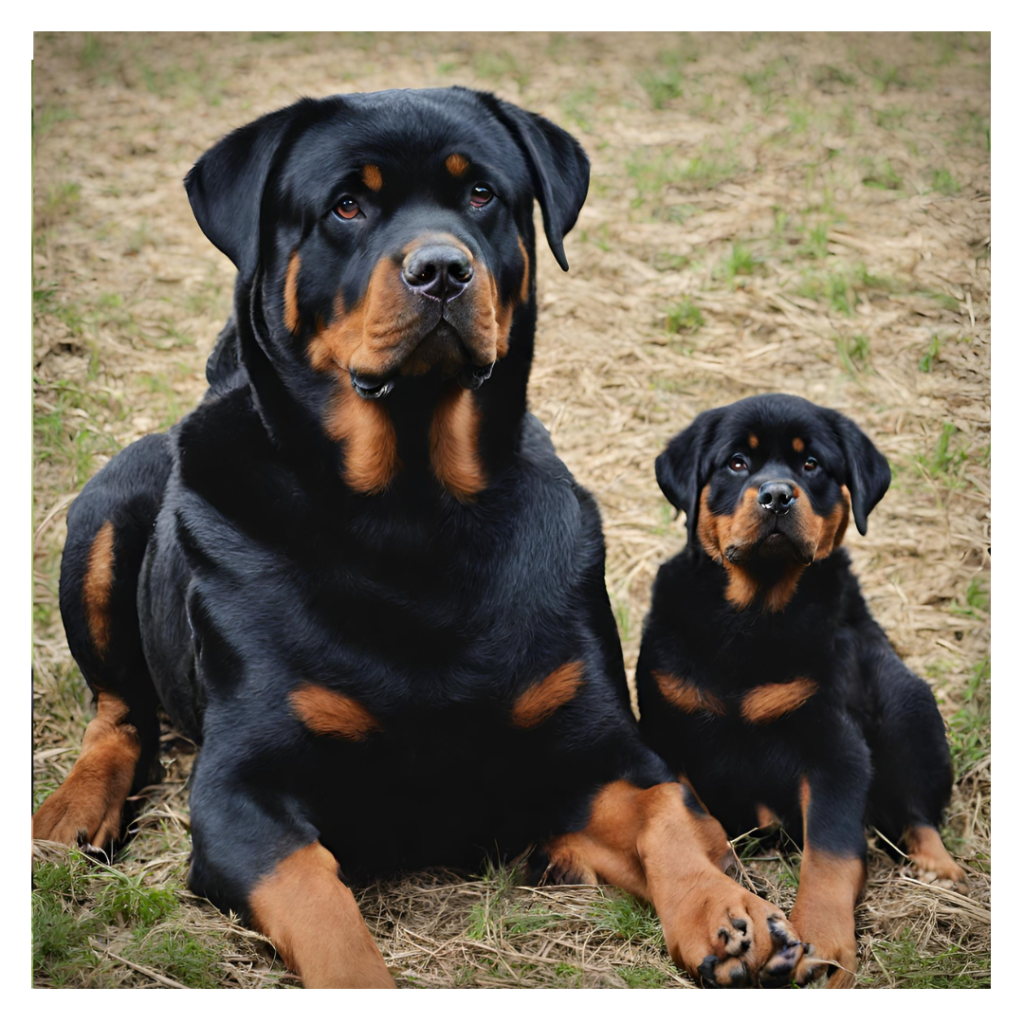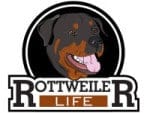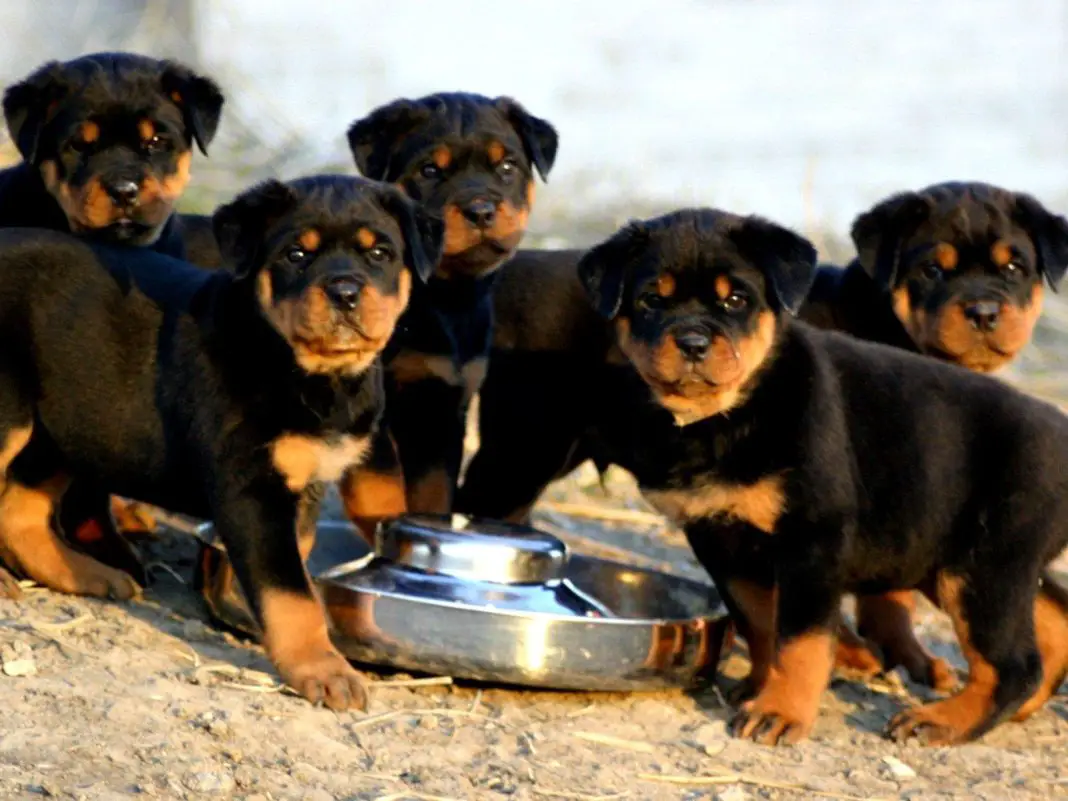In this comprehensive guide, we will delve into the intricacies of dog pregnancy, focusing on the signs and care required to ensure the well-being of your pregnant dog. Understanding the unique needs of a pregnant dog is crucial, and by the end of this article, you’ll be equipped with the knowledge necessary to provide the best care for your expecting furry friend.
Identifying Dog Pregnancy

1. Observing Behavioral Changes
The first step in recognizing canine pregnancy is to be attentive to your dog’s behavior. Expectant dogs often exhibit changes in temperament. Look for signs such as increased affection, reduced activity, and heightened nesting behavior. These behavioral cues can give you early indications of pregnancy.
2. Physical Changes
Physical changes in a pregnant dog are also noticeable. Around the third week of pregnancy, you may observe swollen and tender breasts, as well as a slight increase in body weight. As the pregnancy progresses, you’ll notice a gradual enlargement of the abdomen.
3. Veterinary Confirmation
For definitive confirmation, consult your veterinarian. They can conduct a physical examination and may recommend ultrasound or blood tests to confirm the pregnancy accurately.
Proper Care During Canine Pregnancy
1. Nutrition
During pregnancy, your dog’s nutritional needs change significantly. Transition her to a high-quality, balanced, and pregnancy-specific dog food. Consult your vet for guidance on the right diet and portion sizes. Adequate nutrition is essential for the health of both the mother and her developing puppies.
2. Exercise
Moderate exercise is important, but strenuous activities should be avoided. Regular, gentle walks will help maintain muscle tone and prevent excessive weight gain.
3. Prenatal Checkups
Regular prenatal checkups with your veterinarian are crucial. They will monitor the progress of the pregnancy, ensure the health of the mother, and provide guidance on any necessary adjustments to the care regimen.
4. Whelping Preparation
Prepare a quiet, comfortable space for whelping. Ensure it’s clean and safe for the puppies. Familiarize yourself with the whelping process, and have essential supplies on hand.
Understanding the Dog Pregnancy Timeline
1. Week 1-3
The early stages of pregnancy are often unnoticeable. The fertilized eggs travel to the uterus and begin to implant.
2. Week 4-6
By this stage, you may notice behavioral changes and some physical signs, like breast enlargement.
3. Week 7-9
In the final weeks of pregnancy, your dog’s abdomen will noticeably enlarge as the puppies grow. Be prepared for the upcoming whelping.
Post-Pregnancy Care
After the puppies are born, your dog will require continued care. Ensure she receives proper nutrition, and monitor her closely for any signs of illness. Consult your vet for advice on vaccinations and spaying once the puppies are weaned.
Conclusion
In conclusion, understanding the signs of canine pregnancy and providing appropriate care is essential for the health and well-being of your dog and her puppies. By following the guidelines outlined in this comprehensive guide, you can ensure a safe and comfortable pregnancy journey for your furry friend. Remember to consult your veterinarian for personalized advice and support throughout this exciting time.
With this comprehensive guide to canine pregnancy signs and care, you’ll have the valuable information you need to ensure the health and happiness of your pregnant dog. For more detailed assistance or personalized guidance, don’t hesitate to reach out to your local veterinarian. Your furry friend deserves the best care during this special time!


